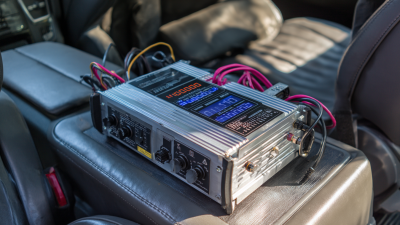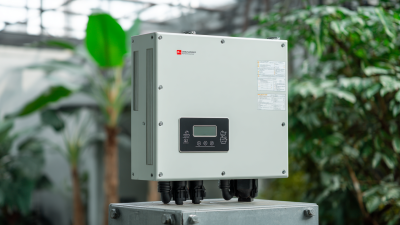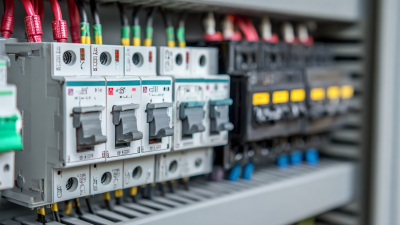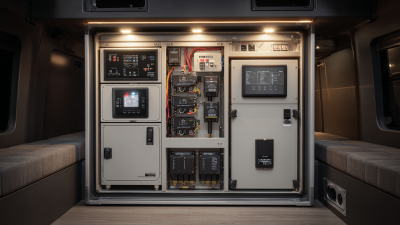
-
Home
-
About Us
-
Products
-
Total Solution
-
News
-
Blog
-
Contact Us
Leave Your Message
-
-
Phone
-
E-mail
-
Whatsapp
-
Whatsapp



Choosing the right solar inverter is a crucial step in maximizing the efficiency and performance of your home solar energy system. Solar inverters play a vital role in converting the direct current (DC) generated by your solar panels into the alternating current (AC) that powers your home. With a wide variety of options available on the market, understanding the different types of solar inverters, such as string inverters, microinverters, and power optimizers, is essential for making an informed decision that aligns with your energy needs and budget. In this ultimate guide, we will explore the essential factors to consider when selecting the right solar inverter for your home, including efficiency rates, warranty options, and installation requirements. By arming yourself with this knowledge, you can ensure that your solar energy system operates at its best, providing you with clean, renewable energy for years to come.
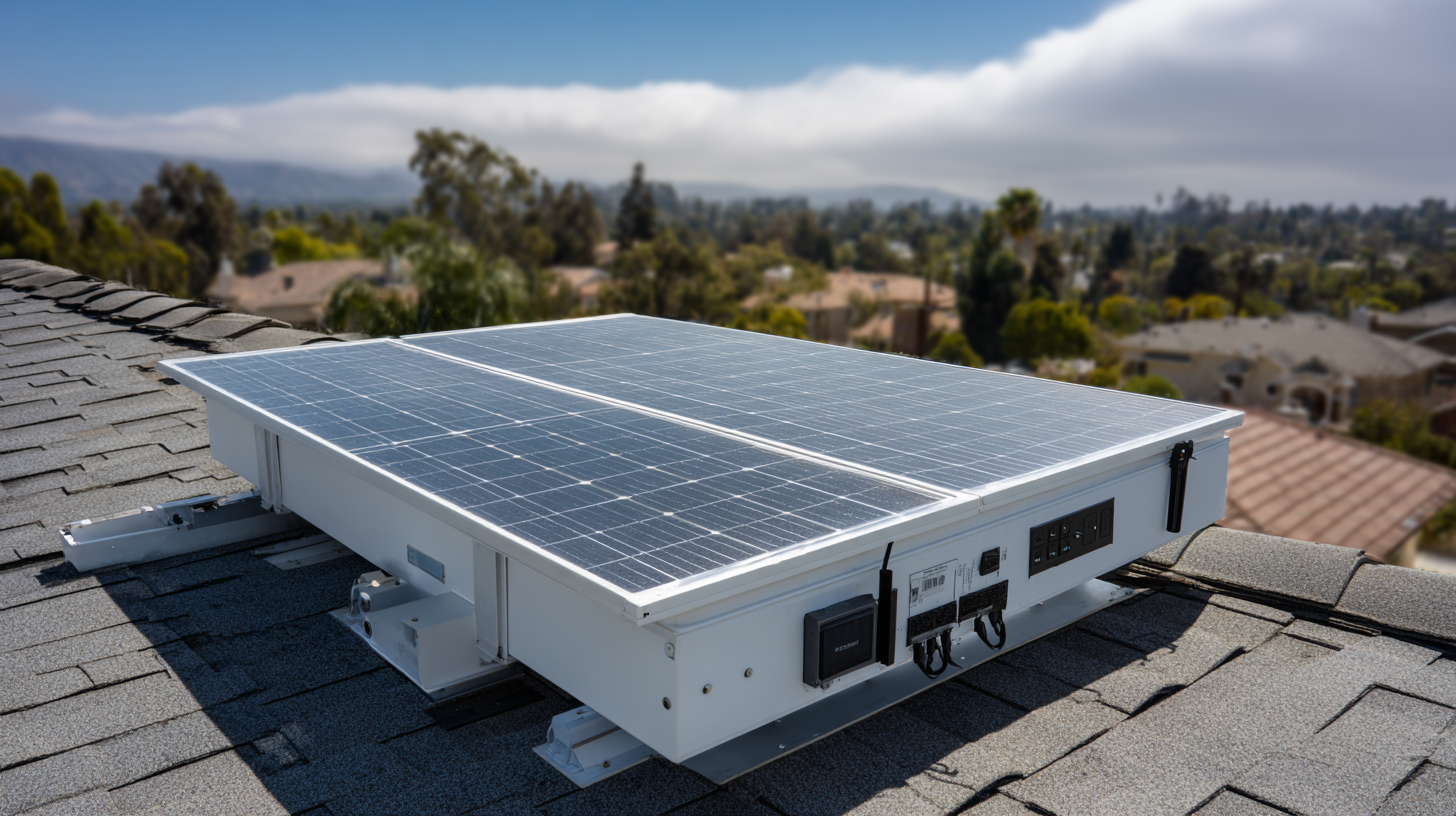
When selecting the right solar inverter for your home, there are several crucial factors to consider to ensure optimal performance and efficiency. First, understand the different types of inverters available—string inverters, microinverters, and power optimizers. Each type has its own advantages. String inverters are often the most cost-effective for residential systems, while microinverters can provide better efficiency, particularly in shaded areas.
Tips: Consider your home's layout and how sunlight hits your solar panels throughout the day. If your roof has multiple orientations or faces shading from trees or nearby buildings, investing in microinverters may be worthwhile, as they maximize energy production regardless of individual panel performance.
Another important factor is the inverter's efficiency rating. A higher efficiency rating means more of the solar energy generated is converted into usable electricity. Also, look for features like monitoring capabilities, which allow you to track your system's performance in real-time. Make sure to check the warranty and lifespan of the inverter, as these can vary significantly among manufacturers.
Tips: Research and compare the warranties offered by different manufacturers. A longer warranty often indicates greater confidence in the product's durability and reliability.
When choosing a solar inverter for your home, it's crucial to understand the different types available and their respective benefits. The primary types include string inverters, micro-inverters, and power optimizers. String inverters are the most common and cost-effective option, suitable for systems where panels receive similar sunlight exposure. They convert direct current (DC) from the panels to alternating current (AC) efficiently but can impact performance if one panel is shaded.
Micro-inverters, on the other hand, are installed on each solar panel, allowing for independent operation. This design maximizes energy production, particularly in shaded or varied sunlight conditions, making them an excellent choice for rooftops with obstructions.
Power optimizers also function at the panel level, enhancing the energy harvested while still linking to a central inverter, striking a balance between cost and performance. Understanding these options will empower homeowners to make informed decisions that align with their energy needs and roof characteristics.
When selecting a solar inverter for your home, several essential features should guide your decision. Firstly, efficiency is critical; look for inverters with a high efficiency rating to ensure optimal energy conversion. An inverter with an efficiency of 95% or higher will maximize the benefits of your solar panels, translating sunlight into usable electricity more effectively.
Another feature to consider is the inverter type. Options include string inverters, microinverters, and power optimizers, each with its own advantages depending on your roof layout and shading conditions. String inverters are cost-effective for standard setups, while microinverters excel in shaded environments by allowing each panel to operate independently. Furthermore, consider the warranty offered; a longer warranty period often indicates the manufacturer's confidence in their product's durability and performance.
Monitoring capabilities also play a vital role in choosing a solar inverter. Inverters with robust monitoring systems provide real-time data on your solar energy production and usage, enabling you to track efficiency and quickly address potential issues. Additionally, ensure that the inverter is compatible with any future upgrades or expansions of your solar system to protect your investment long-term.
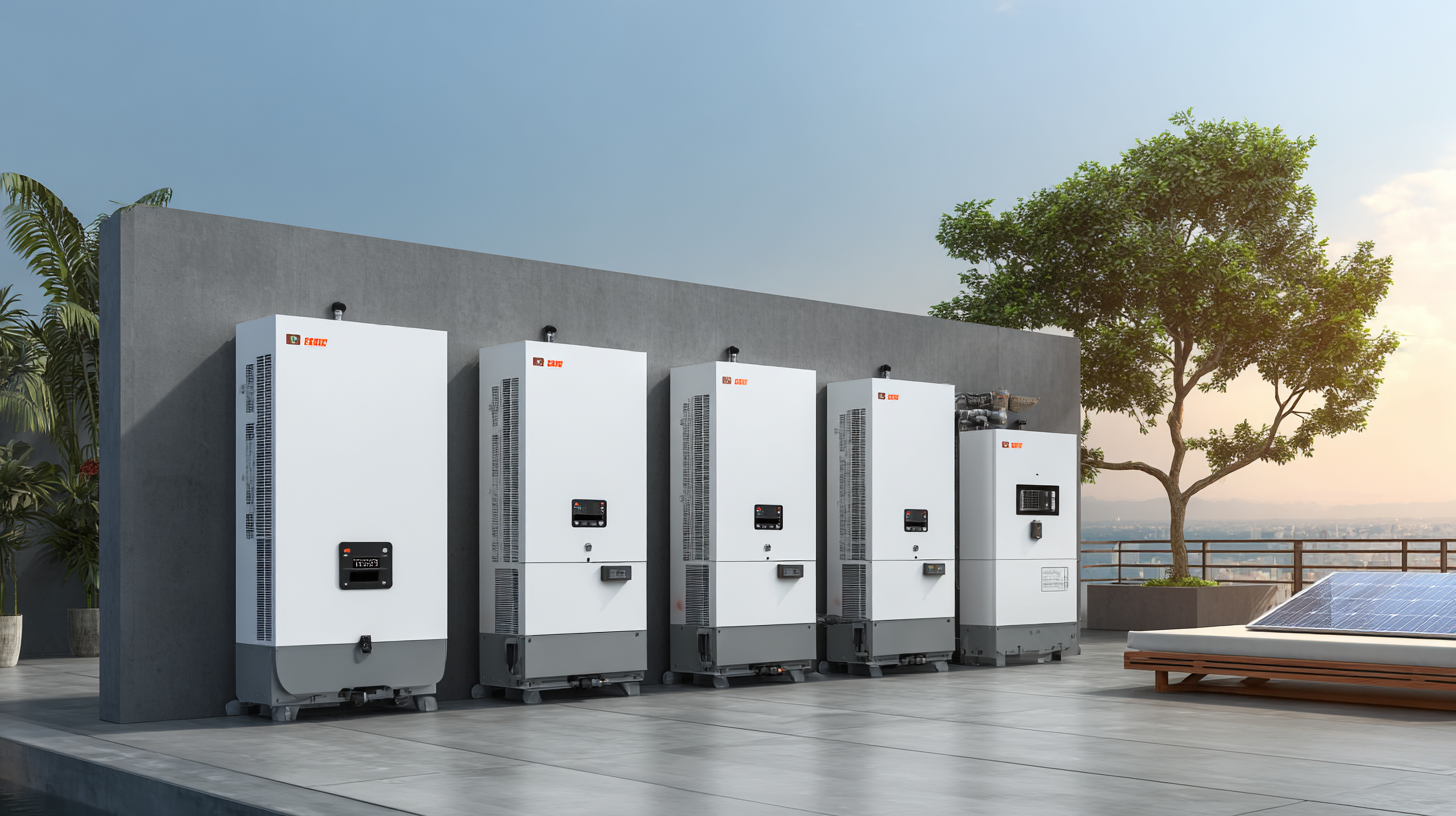
When buying a solar inverter, it's crucial to avoid common mistakes that can lead to inefficiencies or even increased costs. One prevalent error is not matching the inverter's capacity to your solar panel system. Many homeowners overlook the fact that an undersized inverter can’t handle peak production, leading to potential energy loss. Conversely, selecting an oversized inverter can be an unnecessary expense without providing much benefit.
Another frequent pitfall involves neglecting to research inverter types and their efficiencies. Some buyers may choose a cheaper option without understanding the long-term implications of lower efficiency ratings. It's vital to compare string inverters, micro-inverters, and power optimizers, as each has its advantages and drawbacks. Additionally, skipping on warranties or service agreements can leave homeowners vulnerable to costly repairs later on, so it’s essential to consider the manufacturer's reliability and customer support.
This chart illustrates the efficiency levels of various types of solar inverters commonly used in residential settings. When choosing a solar inverter, it's crucial to understand how each type can affect overall energy production.
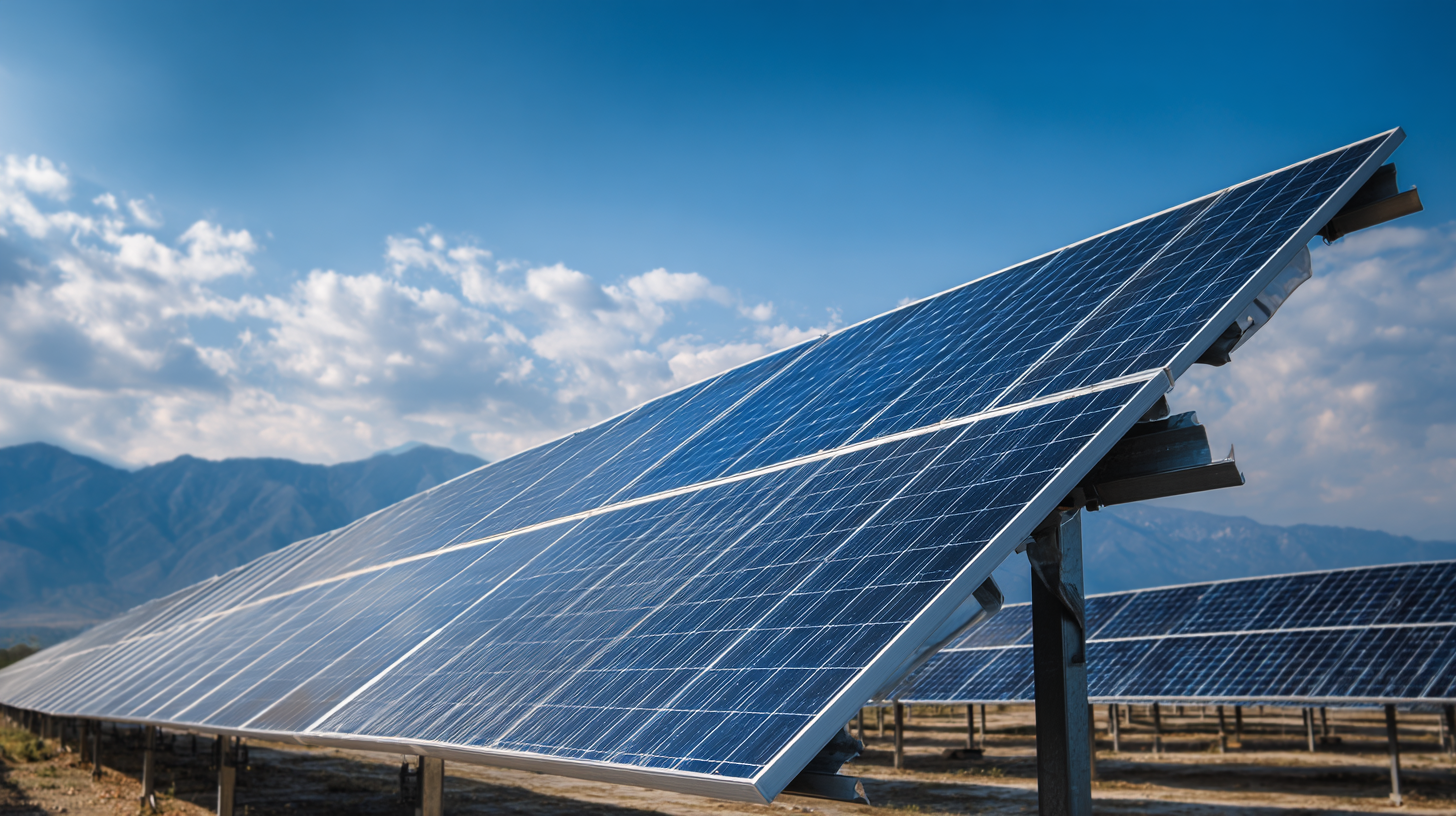 When it comes to maintaining your solar inverter, regular upkeep is essential for maximizing its lifespan and efficiency. One of the most important practices is to conduct regular visual inspections. Check for any signs of wear, damage, or loose connections, as these can lead to performance issues down the line. Additionally, ensure that the area around the inverter is clean and free from debris to prevent overheating and ensure proper ventilation.
When it comes to maintaining your solar inverter, regular upkeep is essential for maximizing its lifespan and efficiency. One of the most important practices is to conduct regular visual inspections. Check for any signs of wear, damage, or loose connections, as these can lead to performance issues down the line. Additionally, ensure that the area around the inverter is clean and free from debris to prevent overheating and ensure proper ventilation.
Another critical tip is to keep your solar inverter's firmware updated. Manufacturers often release updates that can enhance performance and increase the inverter’s resilience against unforeseen issues. Always consult the user manual for instructions on how to perform these updates, or contact a professional if necessary.
Lastly, consider scheduling professional maintenance at least once a year. Technicians can perform detailed checks and necessary repairs that you might overlook. This proactive approach not only extends the life of your solar inverter but also helps maintain optimal energy production from your solar system.

